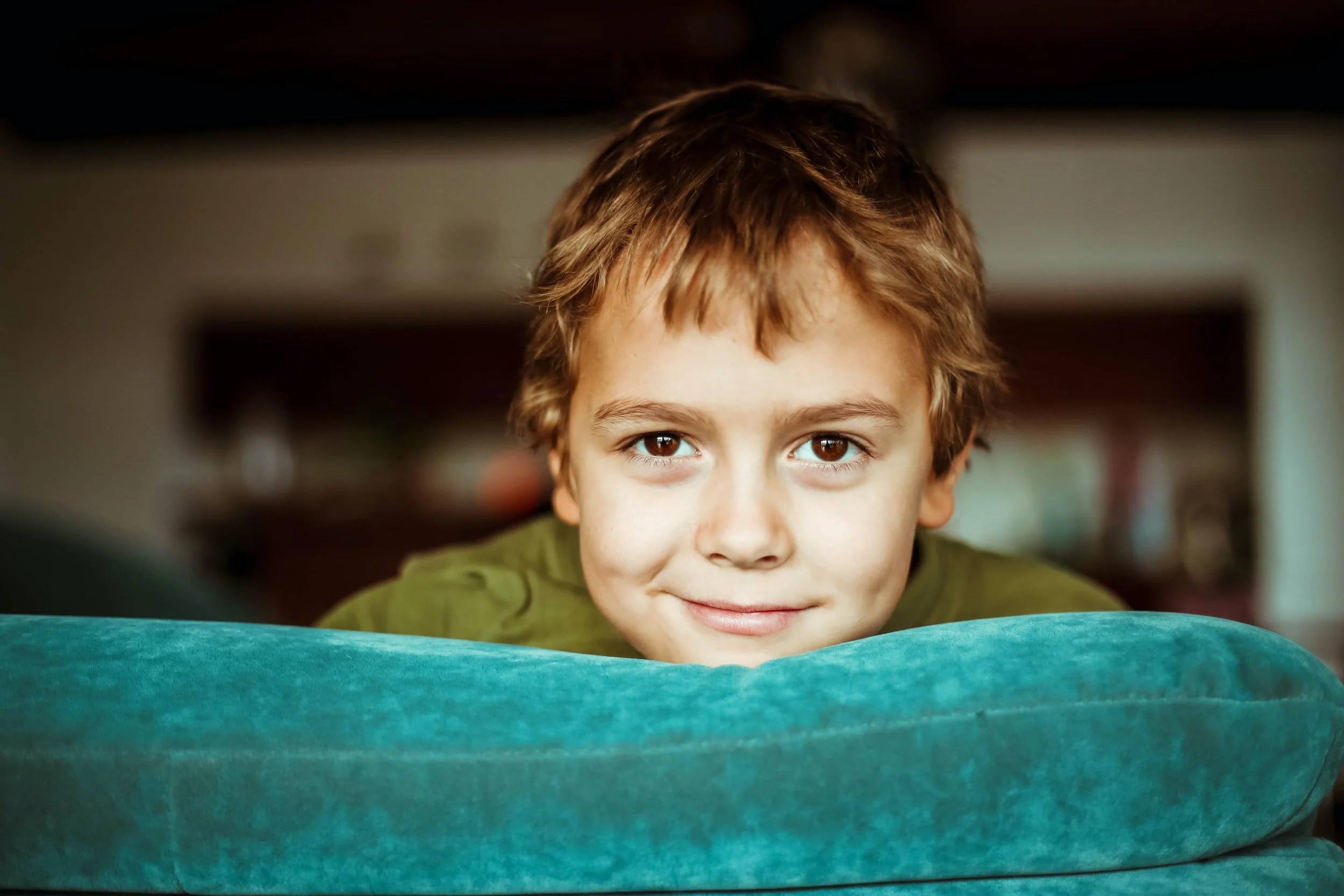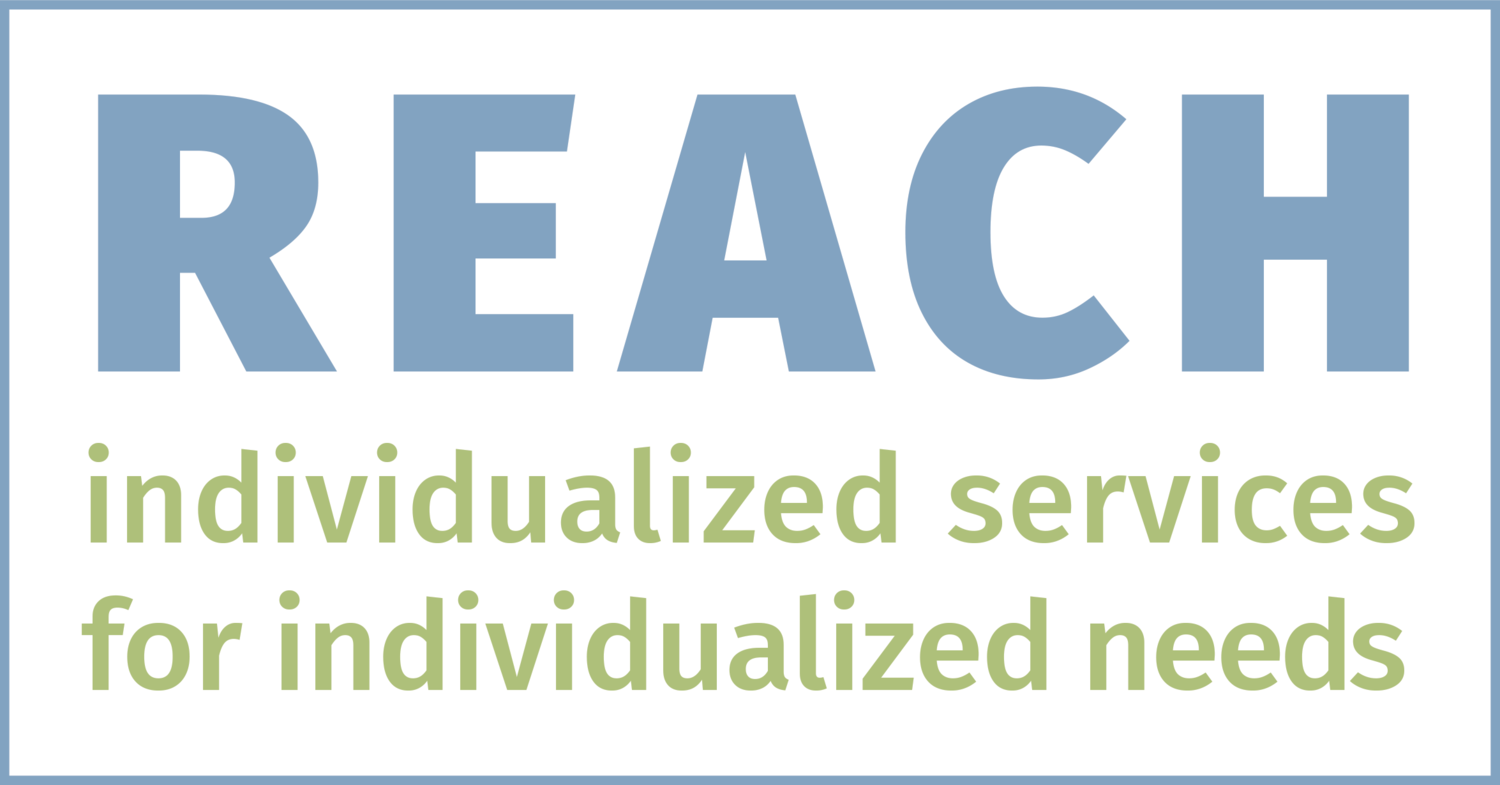
Join Our Newsletter
January 2022 Newsletter
Self-Care Habits for Better Mental Health
Many of us have a longstanding tradition of setting goals at the start of a new year. While it’s always good to think about new ways to put your best self forward, those goals are often lofty and, by the middle of January, daily life derails our progress. That can feel stressful, which counteracts the purpose of the goals.
Sometimes, getting back to the basics can provide the fresh start we all need to put our best selves forward. One of the best ways you can support the children in your life is to create and model some simple self-care habits. Think of them as investments in your own mental health. Just like you might set a goal to establish new dietary or exercise habits to support your physical health, self-care habits bolster your mental health. Here are a few self-care habits that you can easily implement:
1. Sleep: Create a plan to ensure that everyone (that includes you!) is getting enough sleep. Children between the ages of 6 and 12 should get 9-12 hours of sleep nightly, while teens need 8-10 hours. Set a regular sleep schedule and create a consistent routine that includes turning off screens at least an hour before bedtime.
2. Nutrition: A healthy diet can improve energy, cognitive function, mood, and overall well-being, and if you model healthy eating (and healthy attitudes about food and your body), the kids in your life are more likely to do the same. This doesn’t mean you have to overhaul your family’s entire diet. You can start by identifying one healthy change to try together.
3. Exercise: Movement is another key to good overall health and well-being, but it can sometimes be difficult to fit in. Even if you don’t have time for a long workout or trip to the playground, look for opportunities to move throughout the day, whether that’s a 5-minute walk, stretching between meetings, or dancing with your child to their favorite song.
4. Fun: Many of our favorite social activities and forms of entertainment have been curtailed during the pandemic, and we have even more demands on our time and attention. Now is the time to re-evaluate and think about what brings you joy. What makes you laugh? What connects you as a family? Make time each day to do those things that make you truly happy.
5. Mindfulness: Practicing mindfulness can improve attention, self-control, and well-being while reducing stress, anxiety, and disruptive behavior. Slow down and take note of what you’re doing, thinking, and feeling. Downtime boosts creativity and relaxation so set aside a few minutes each day for you and your children to “just chill.”
Incorporating self-care habits into your daily routine will help you feel more energized and less stressed so that you can focus on sharing your best self. And, teaching your children these habits at an early age will provide them with a strong foundation to rely on later in life.d to be completed as part of the application process and practical considerations to weigh when making a final selection.
Navigating Learning at Home
Although we all hoped that education would be back to “normal” by now, it’s clear that the pandemic may require at-home learning from time to time. Learning at home may work well for some, but for others, it may cause stress and contribute to learning loss.
Whether your child is learning at home for a week, a semester, or the long term, here are some tips to help ensure a smooth transition. Bonus: many of these tips can help caregivers who are working from home, too!
Set a Routine
Whether they’re learning remotely or in person, students need structure to their school day. Create a new routine to reinforce a sense of normalcy and reduce anxiety. Have regular start and stop times, set times for certain subjects or activities, and schedule breaks for eating, moving around, and going to the bathroom.
Location, Location, Location
If possible, create a dedicated workspace — a table, desk, or even a room that can be the place your child “goes” for school and then leaves when school is done. If that’s not an option, use tools like caddies, placemats, and other objects to organize a temporary workspace where everything needed is close at hand. When the day is done and it’s time to use the space for its original purpose put the school materials in a handy storage spot where they’ll be ready for the next day.
Reduce Distractions
Keep toys, games, cell phones, and other distractions out of reach, and turn off electronic notifications. Experiment with lighting, smells, and sounds to create an atmosphere that supports concentration. You may need to close curtains or blinds and try headphones, noise-canceling, or white noise devices.
Chunk It
Break tasks into bite-sized pieces, and make sure your child is clear on all of the steps and what successful completion looks like. That may mean talking it through or writing it down. Give them a chance to practice problem-solving by participating in the process. For instance, ask, “What do you think you need to do first?” Encourage them to take breaks between tasks, and be sure to recognize them for staying on task and finishing steps.
Give Kids Choices
At a time when so much is beyond their control, promote self-regulation by giving your student an opportunity to control what they can. That may mean working with them to create their school schedule and helping them to plan by discussing the consequences of their decisions. For instance, “If you take a long break now, will you have enough time to complete your reading assignment afterward?”
Be Flexible
The primary strategies being taught may not be the best approach for every student. Allow your child to experiment with different ways to complete tasks and solve problems. Encourage them to ask questions and talk through challenges or problems.
Have Fun
Play is necessary for healthy youth development, and even older students need downtime. While you can’t always change the slog of a specific task or expectation, look for ways you can add joy elsewhere. Incorporate opportunities for creativity and play in the school day. This could include making art, listening to music, dancing, or playing a game. Unstructured playtime and downtime are beneficial, too, and can help a child’s cognitive, social, and emotional development. Take advantage of your child’s less-structured schedule and increased family time to add fun to daily life. Serve dinner for breakfast (who doesn’t love cold pizza?) or breakfast for dinner, play silly pranks or tell jokes at the end of a class period or just join together for a loud “Whoopie!” at the end of the day!
Empathize
While adults are able to see the big picture, children are focused on what’s happening now. And for most of them, being stuck at home, not seeing their friends and teachers in person, and not being able to participate in favorite activities feels like torture. Ask them how they’re feeling and let them know that you understand. Share your own feelings and reassure them that this won’t last forever and soon they’ll be able to enjoy their favorite things and friends again.
Meet Our New Staff Member
Jill Smith joined the REACH Learning team as an educational clinician during the winter holidays. She brings with her a wealth of knowledge in supporting neurodiverse students and multilingual learners. In addition to teaching 5th grade and supporting students with IEPs in both New York and Colorado, Jill founded a dual-language school in Brooklyn, New York, and served as principal for six years.
Jill has always viewed relationships as an essential component of learning and is excited by the REACH model, which will allow her to build enduring connections with students to support their learning goals. Her favorite part of teaching is witnessing the pride and confidence that students experience after working hard on a project or towards a goal.
Jill has two children and, when she’s not teaching, she enjoys being active and creating art. Please help us welcome Jill!
Let’s Get Social!
Connect with REACH Learning on Facebook and Instagram – both handles are @REACHLearningServices. Our social media sites include tips, inspiration, and links to great articles and resources. Be sure to like and follow us and invite your friends and family to do the same!
Additional Resources
Learn more about ADHD.
ADHD (Attention Deficit Hyperactivity Disorder) is a condition that causes differences in the brain making focus difficult, hyperactivity, and impulsivity.
Learn more information about ADHD from Chadd.org.
Learn more about Dyslexia.
Dyslexia is a learning difference when someone has trouble reading and with reading comprehension, spelling, and writing.
Learn more information about Dyslexia from Dyslexiaida.org.






